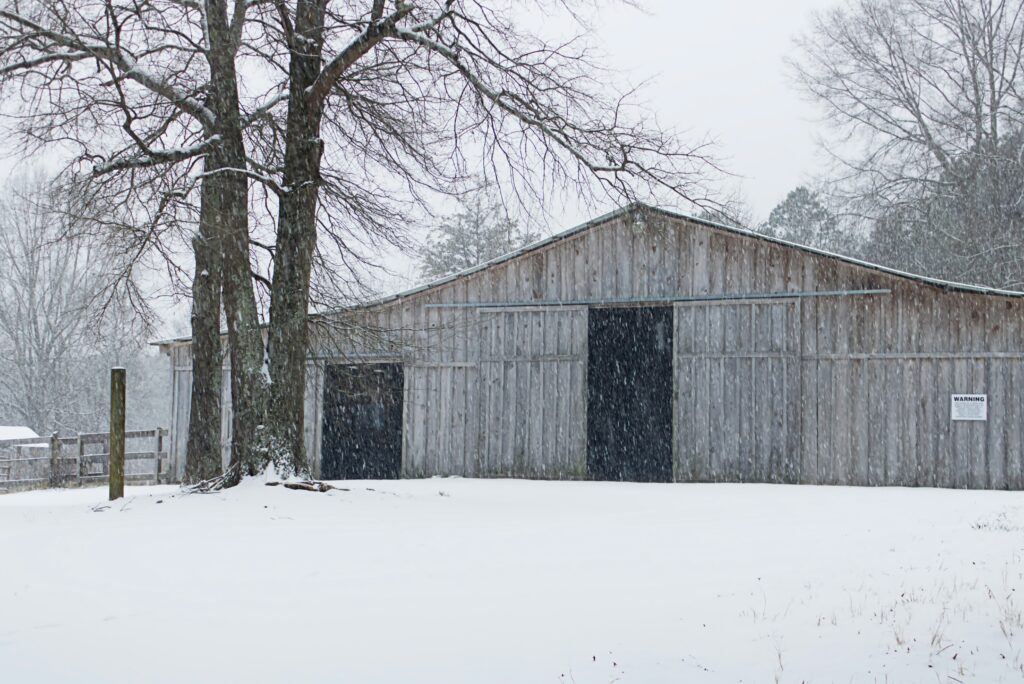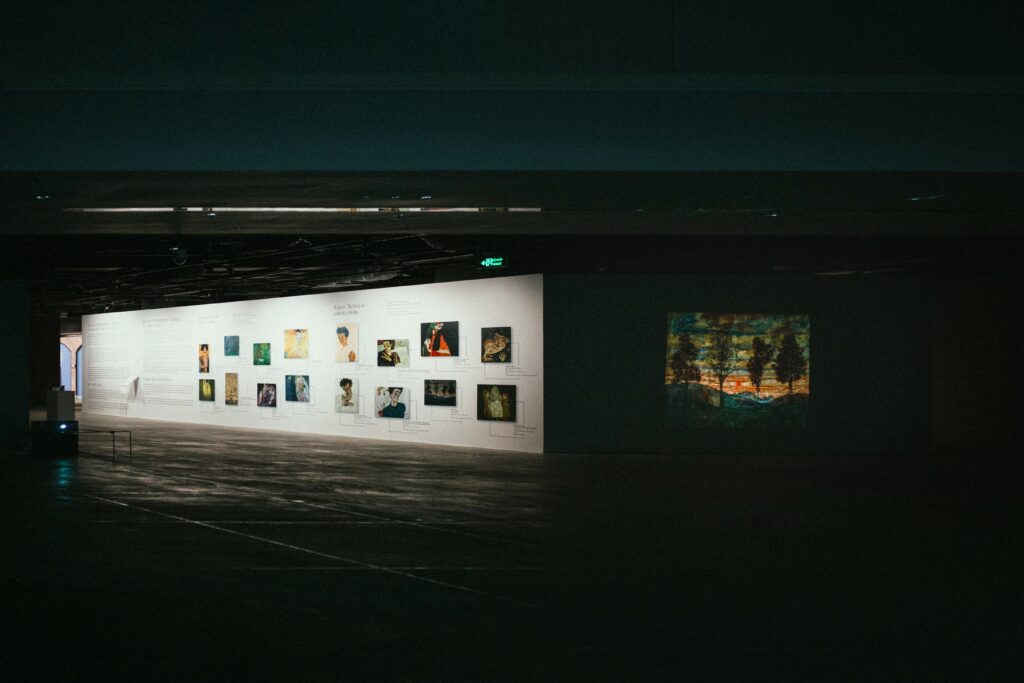Why Upcycling Works
Upcycling isn’t just recycling with better branding. It’s about taking old, overlooked stuff and reimagining it into something fresh and functional. Where basic reuse might just slap an old mug into a pen holder role, upcycling transforms that mug into a hanging plant pot—with style. The key difference? Intention. Upcycling brings design into the equation.
It also hits a sweet spot between sustainability and creativity. You’re keeping things out of landfills while also making your space more personal. Less mass-produced sameness, more one-of-a-kind pieces that actually reflect you. Used doesn’t have to mean tired—upcycling proves you can have character without the carbon footprint.
And here’s the kicker: it doesn’t bleed your wallet. Paint, fabric scraps, or a leftover pallet can turn a bland corner into your new favorite nook. With upcycling, your budget stays intact, and your room gets a glow-up that’s personal, functional, and unfussy.
Where to Find Hidden Gems
Upcycling starts with seeing potential in what others overlook. You’d be surprised how many materials with great DIY promise are sitting in your home or at the nearest thrift shop, just waiting to be transformed. From discarded jars to abandoned furniture, the right piece can become a stylish accent with minimal effort.
Everyday Items with Creative Potential
Look around your house—or better yet, your recycling bin—and you’ll likely find some of these treasures:
– Glass jars – Perfect for planters, bathroom organizers, or custom light fixtures
– Wooden crates – Stack them for shelving or use individually as storage boxes
– Old window shutters – Repurpose them into headboards or hanging organizers
– Fabric scraps – Great for throw pillows, fabric wall hangings, or lining for storage bins
Start training your eye to spot design opportunities in the ordinary.
Smart Thrift Store Scouting
A visit to the thrift store can either be a goldmine—or a clutter trap. Here’s how to make the most of your scavenger hunt:
What to grab:
– Solid wood furniture pieces, even if scratched or dated
– Metal trays, containers, or hardware with character
– Picture frames with interesting shapes
– Vintage suitcases and baskets
What to skip:
– Items with water damage or mold
– Upholstered pieces with stains or odd odors
– Overly trendy items that may not suit a timeless look
The key is to think beyond the current form—can it be cleaned, painted, refinished, or turned into something else?
Gems in Your Own Garage or Curbside
You don’t always have to venture far to find materials:
– Leftover renovation pieces – Floorboards, cabinet doors, or tile samples can take on new life
– Disassembled furniture parts – Turn legs into wall hooks or stools into plant stands
– Discarded decor – Old mirrors, baskets, or table lamps are easily upstyled with a little vision
Pro tip: Keep a DIY bin or shelf in your garage for anything that might become your next project. That drawer you removed last year? It could soon be a shadow box.
With a little practice, you’ll start seeing potential everywhere—even in what others throw away.
Accent Projects That Actually Look Good
Let’s be honest: not every DIY idea belongs on your feed. But these upcycles? They work—and they look sharp doing it.
Start with the rustic wood ladder. You don’t need to sand it smooth or slap on a gloss coat. Lean it against the wall, throw a few blankets over the rungs, and just like that, you’ve got a functional accent piece with serious character.
Mason jars are the overachievers of the upcycle world. Pop in a tea light and wire a few for soft mood lighting. Fill them with succulents for tabletop planters. Screw the lids under a shelf and turn them into hanging bathroom storage. They’re cheap, clean, and endlessly useful.
Old drawers are next. Salvage a couple, knock off the fronts if needed, and mount them sideways as floating shelves. You can leave the chipped paint or line the back with wallpaper scraps—it all adds depth. They also double as shadow boxes for small collections.
Then there’s the big sleeper hit: fabric remnants. Maybe it’s an old shirt, maybe it’s upholstery from a curbside chair. Turn that into cushion covers, stretch it into a textile art piece, or stitch together storage bins. It’s texture, color, and story—all from leftovers.
None of these ideas are overly polished. That’s the point. They look good because they feel lived-in. That’s where the charm lives.
The Art of Balancing Style and Function
Upcycled pieces don’t have to scream “salvaged.” When matched cleverly to your room’s vibe, they look purposeful—like they belonged there all along. Start by anchoring the project to your existing decor. If your space leans minimal, think clean lines and muted tones. More boho? Go wild with layers, colors, and curves. Rustic? Bring on the weathered wood and worn finishes.
Texture is your secret weapon. Mixing metal, wood, glass, and textile adds instant dimension without cluttering the eye. A brushed steel lamp base with a raw linen shade. An old wooden crate mounted beside a modern mirror. You’re not trying to match everything—you’re building contrast that feels cohesive.
Then there’s the ultimate question: do you paint, or do you leave the original finish? A rule of thumb—paint if the piece needs a visual refresh or to blend into the color palette. Leave it raw if the texture or patina adds character. Let the object speak, and don’t overthink it. Sometimes all it needs is a scrub. Sometimes it needs three coats of matte navy and new hardware.
Trust your instinct. The goal isn’t perfection. It’s character.
Tools & Tips for Getting It Right
Upcycling may be all about creativity, but having the right tools and techniques on hand will make the difference between a charming DIY and a project-gone-wrong. Here’s how to set yourself up for safe, stylish success.
Your Basic Upcycle Toolkit
Before diving into any repurposing project, stock your DIY kit with a few essentials:
– Hammer – for assembling and disassembling with ease
– Staple gun – great for fabric projects, from cushion covers to wall hangings
– Hot glue gun – versatile and beginner-friendly for quick fixes and lightweight materials
– Sandpaper (multiple grits) – smooth out rough edges, prep surfaces for paint, or create a weathered look
These basic tools cover most beginner projects and make experimentation much more approachable.
Paint Hacks Worth Knowing
Paint can completely transform an old item. These simple techniques bring character without requiring professional-level skill:
– Chalk paint – requires little prep, sticks to almost any surface, and dries with a matte, vintage texture
– Distressing – lightly sand over painted edges to give a time-worn, authentic look
– Layering colors – alternate between two shades to create depth and visual interest
Tip: Always test your technique on a scrap piece before applying it to your final project.
Plan Before You Cut or Drill
It’s tempting to dive in, but thoughtful preparation is key:
– Measure carefully – the old rule still applies: measure twice, cut once
– Sketch your idea – even a rough drawing helps visualize how the piece will fit in your space
– Check material integrity – make sure your wood, glass, or fabric is sturdy enough to be reused safely
Taking a few minutes to plan up front can save you hours of rework—and protect your materials.
Remember, successful upcycling doesn’t require a full workshop—just a smart setup and a spark of imagination.
Seasonal Twists That Keep It Fresh
Adding seasonal flair to your space doesn’t mean you need an entirely new set of decor for every holiday or weather change. With a little creativity (and fewer trips to the craft store), you can rotate accent pieces and refresh your room’s vibe using items you already have.
Swap Without Starting Over
Instead of creating new decor from scratch, think of your upcycled pieces as foundational elements you can tweak seasonally:
– Neutral base pieces like crates, jars, trays, and ladders can be styled differently throughout the year.
– Use interchangeable accents: swap out colors, fabrics, or greenery to reflect the current season.
– Keep small storage bins of seasonal add-ons handy—think of them as your decor accessory kits.
Holiday Add-Ons That Make a Difference
You don’t need a holiday explosion to make your space feel festive. A few thoughtful touches can go a long way:
– Garlands (fabric, paper, or dried leaves) to drape or wrap over shelves and ladder racks
– Mason jars or vases filled with seasonal elements—pinecones, citrus, ornaments, or wildflowers
– Wreath adapters or attachments to instantly shift a base into a themed centerpiece or wall accent
– Dried florals and stems for long-lasting seasonal pops of color
One Centerpiece, Four Seasons
A great hack for year-round flexibility: create one strong centerpiece base that can be reinvented over time.
– Spring: Fill with faux blossoms, Easter details, soft pastels
– Summer: Try bright blooms, seashells, lemon slices, or even mini lanterns
– Fall: Add pumpkins, dried wheat, cinnamon sticks, and flannel fabric strips
– Winter: Go for evergreen sprigs, ornaments, berries, and metallic accents
Wrap-Up: Making It Personal
Celebrate Imperfection
When it comes to upcycling, perfection isn’t the goal—personality is. The nicks in the wood, the faded paint, the unexpected mix of textures—they all tell a story. These little imperfections are what give your space character and authenticity.
– Rough edges and visible brushstrokes can add charm
– Imperfections often make a piece more visually interesting
– Each item reflects a moment, a choice, or a memory
Design Without Rules
The most successful upcycled spaces aren’t about design degrees or expensive materials. They’re about trusting your instincts.
– If it fits your mood, your space, or your story—it’s the right choice
– Contrasts create energy; don’t worry about matching perfectly
– Forget the trends. Focus on what makes your space feel like yours
Your Space, Your Story
Upcycling isn’t just a thrifty alternative—it’s a statement. Every project you complete adds a personal touch that no store-bought item could replicate.
– Sustainable, stylish, and fully unique to you
– Encourages creative thinking and makes home decorating enjoyable, not stressful
– In the end, your space should reflect you—not some Pinterest ideal
Final Thought: Upcycling isn’t just budget-friendly—it’s soul-friendly. It’s about creating a home that feels like yours in every brushstroke, texture, and secondhand gem you bring to life.




